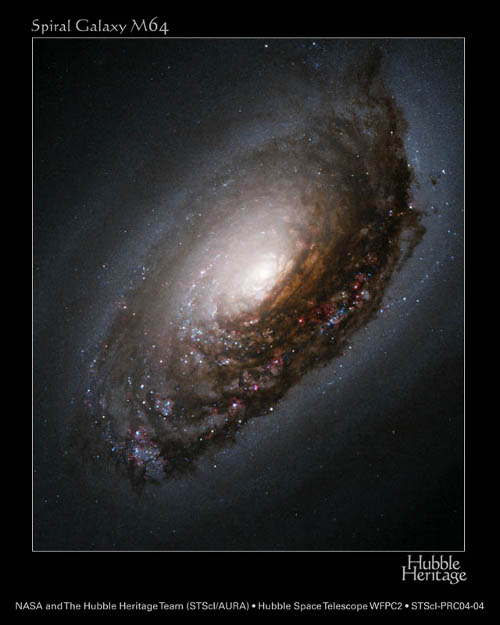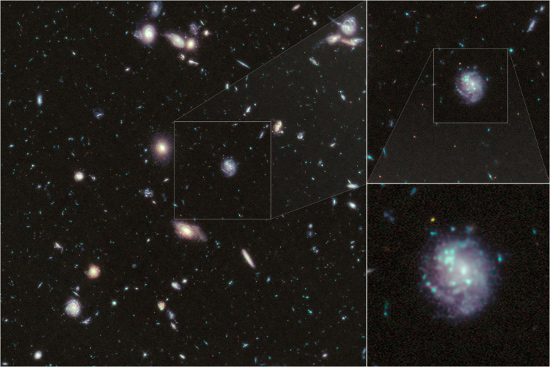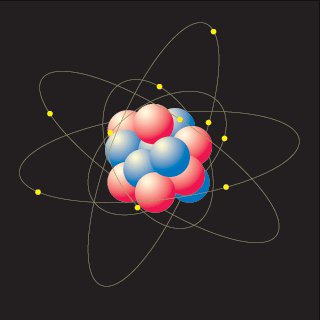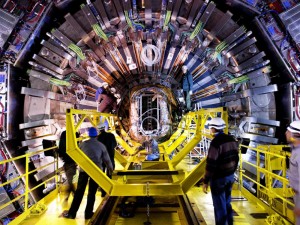
In my most recent blog post, "The Large, the Small, and How to Connect Them," I discussed the fact that on the tiniest scales, and in particular on scales smaller than the Planck length (10 of a centimeter), the jittery, tumultuous nature of quantum mechanics creates a serious conflict with the tranquil character of space-time anticipated by the theory of space-time: general relativity. So much so, in fact, that as in a novel by Marcel Proust, events may belong to two different spaces or two different times, without favoring any of them. The question that arose was: Should we really care? Or, put differently, do we ever run into a situation in which the cosmic and the subatomic scales merge together? Why can't we happily continue to use our theory of gravity to explain the properties of galaxies (fig. 1) and of the universe as a whole (fig. 2), while using quantum mechanics to explain atoms (fig. 3) and the interactions of subatomic particles (fig. 4)? The answer is simple. There are at least two crucial circumstances in which we absolutely need a theory in which general relativity and quantum mechanics are compatible. One is the case of the objects we call black holes, and the second is the Big Bang. I shall defer discussion of black holes to some future blog but will explain here the problem associated with the Big Bang -- the moment of cosmic inception.

Figure 1.

Figure 2: A computer simulation showing the expected view of the early universe with the upcoming James Webb Space Telescope

Figure 3: Schematic of an atom, from "Honors Chemistry"

Figure 4: CMS experiment at the Large Hadron Collider looks for the Higgs boson, the particle that is supposed to endow elementary particles with mass (photo: CERN)
We have known since the 1920s that our universe is expanding. If we imagine the expansion reversing and follow the evolution backward in time, like rewinding a video, the universe continuously decreases in size and increases in density and temperature. When we hit that critical moment when the universe was only about 10 of a second old, all the cosmic mass was contained within a speck the size of the Planck length. At that point, the fact that general relativity and quantum mechanics lock horns spells disaster. It means that we are unable to gain any insight into what is arguably one of the most intriguing questions in science: How did space and time originally emerge? This is the reason why physicists feel that they absolutely must have a theory that unifies the cosmic with the subatomic. Having such a concordant theory is not a luxury. If we want to understand the origin of our universe, we have to be able to formulate a quantum theory of gravity.